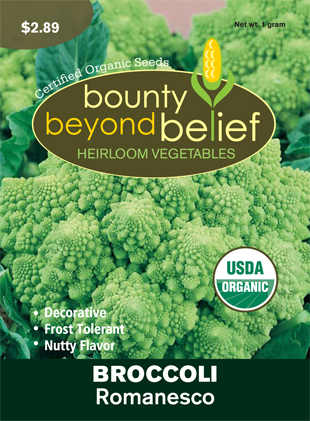Best Supporting Actor – Dark Opal Basil
The Star of the Garden
by Sandy Swegel
Some plants are meant to be the star of the garden. Dahlias, for example. You can see them from across the yard and they elicit gasps of delight at their beauty. While stars do make the garden, they only really dazzle when surrounded by a strong supporting cast. And that’s where Dark Opal Basil really shines. Its black shiny leaves provide a color background that makes white and brightly colored flowers in the garden “pop.” But as they say on late night TV, “That’s not all…”
Here are five more ways Dark Opal Basil really is a superstar.
Dark Opal Basil is super cute planted as a border in front of the tomato bed. Brushing along the basil releases its great hot summer aroma. Some say Dark Opal Basil, like all basils, helps repel tomato hornworm.
Its own pink to white flowers on dark purple bracts shine on their own.
Its dense foliage fills all the empty space in containers and display beds. Visually, it pulls together a lot of other plants like zinnias and salvias that can look bare at the bottom.
It is yummy. I like it growing near the cherry tomatoes so on a warm summer afternoon I pick one leaf of basil and wrap it around one cherry tomato for a refreshing flavor burst.
Dark Opal is said to be the favorite purple basil for cooks because of mild flavor and a tender leaf. It looks and smells great in a salad, served with fresh mozzarella or use a sprig of it in a Bloody Mary.
Hurry up Springtime. I’m ready to plant Today!
Photo Credits:
gardening.ktsa.com/pages/7670364.php?
foodwineclick.com/2013/08/25/basil-tasting/





 inds of birds foraging or lurking near the bird feeder waiting their turn, or hearing the rustling of unknown small furry creatures in the garden debris.
inds of birds foraging or lurking near the bird feeder waiting their turn, or hearing the rustling of unknown small furry creatures in the garden debris. Rabbits: A wild
Rabbits: A wild